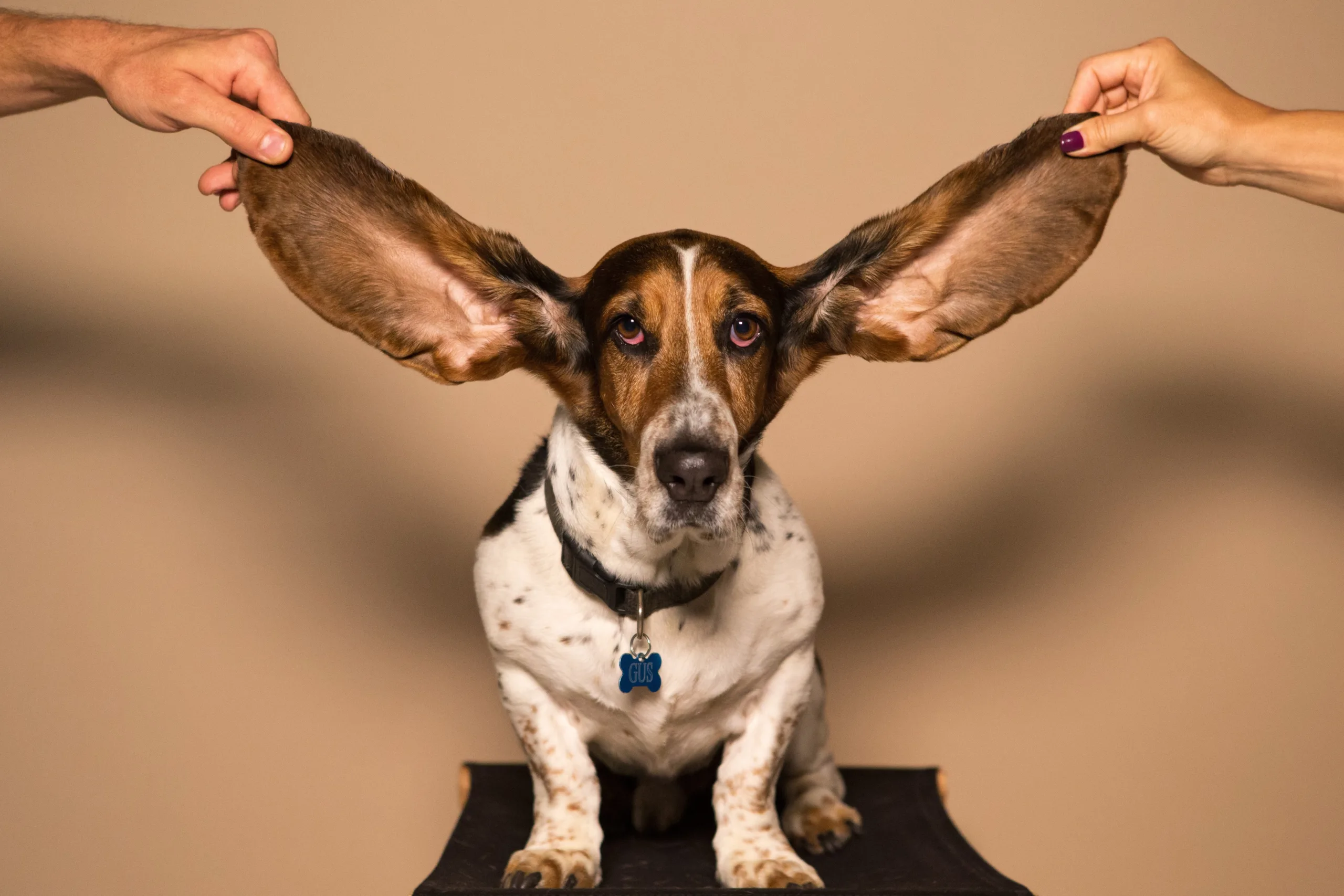Why Are My Dogs Ears Cold? Dogs are fascinating creatures with intricate behaviors and body responses that often leave us curious. One such curiosity arises when we touch our dog’s ears and find them unexpectedly cold. But why are your dog’s ears cold while their body feels warm? In this article, we’ll delve into the science behind your dog’s unique thermal regulation, explore the potential reasons for chilly ears, address concerns about temperature changes, and answer common questions about this intriguing phenomenon.
For more about dogs click here
Thermal Regulation in Dogs
Thermal regulation, or the body’s ability to maintain a stable temperature, is a vital aspect of a dog’s well-being. Unlike humans, dogs have a higher body temperature ranging from 100.5°F to 102.5°F (38.0°C to 39.2°C). This elevated body temperature is attributed to their evolutionary history as active and energetic animals.
The Mystery of Cold Ears
While a dog’s body temperature is higher than that of humans, their extremities, including their ears, may feel cooler to the touch. This phenomenon is primarily due to the body’s efficient heat distribution mechanism. When the body prioritizes preserving heat for vital organs, the blood vessels in the extremities constrict, reducing blood flow to these areas and causing them to feel cooler.
Reasons for Cold Ears
Several factors contribute to your dog’s ears feeling cooler than the rest of their body:
- Blood Vessel Constriction: The blood vessels in the ears constrict to retain heat for the body’s core, leading to a decrease in blood flow and a cooler sensation in the ears.
- Thin Skin: The skin on a dog’s ears is often thinner than on other parts of their body, allowing body heat to dissipate more readily.
- Surface Area: Ears have a larger surface area relative to their volume, making them more prone to heat loss.
- External Temperature: If your dog is exposed to colder environments, their extremities, including the ears, may feel cooler.
When to Be Concerned
While a dog’s cooler ears are generally a result of natural physiological responses, there are instances when cold ears might indicate a health concern:
- Extreme Cold: If your dog’s ears remain unusually cold even in moderate temperatures, it could be a sign of poor circulation or other underlying health issues.
- Shivering: Cold ears accompanied by shivering or trembling might indicate your dog is uncomfortable or struggling to maintain their body temperature.
- Pale or Blue Ears: If your dog’s ears appear pale or bluish, it could indicate poor blood circulation and warrant a veterinarian’s attention.
FAQs About Your Dog’s Cold Ears
Q1: Why are my dog’s ears cold but body warm? A dog’s ears feel cooler due to blood vessel constriction, thin skin, and heat distribution mechanisms that prioritize core body temperature.
Q2: Should I be worried if my dog’s ears are cold? Cold ears are generally a normal response to heat distribution. However, persistent coldness or accompanying symptoms might warrant a vet visit.
Q3: Should dog ears be warm or cold? It’s normal for a dog’s ears to feel cooler than their body. Warmer ears might indicate an increase in blood flow, but this isn’t necessarily a concern.
Q4: Should dog ears be warm to touch? While a warmer touch might indicate increased blood flow, it’s not a strict measure of health. Dogs’ ears naturally feel cooler due to heat distribution.
Q5: How do I know if my dog is cold? Signs of coldness include shivering, seeking warmth, curling up, tucking their tail, and general discomfort.
Q6: Why are my ears cold? Similar to dogs, human ears might feel colder due to heat distribution mechanisms prioritizing the body’s core.
External Resources for Canine Physiology
For further insights into dogs’ thermal regulation and physiology, consider exploring these resources:
In Conclusion
The mystery of your dog’s cold ears can be demystified by understanding their natural thermal regulation mechanisms. While cooler ears might spark curiosity, they’re a result of the body’s effective heat distribution system. Generally, there’s no need for concern when your dog’s ears feel colder than their warm body. However, paying attention to persistent coldness or accompanying symptoms can help you ensure your furry friend’s well-being. Remember that your dog’s overall comfort and health depend on a combination of factors, including their environment, activity level, and overall health. So, the next time you find yourself wondering about those chilly ears, rest assured that your dog’s body is simply performing its remarkable dance of heat regulation.
